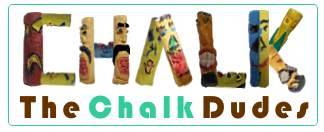
The concept of Google’s good content is not very new; Website owners often find it confusing, as some practices are considered very well, whereas some are deemed as poor.
So how do you know if your content creation practices are good enough or will they be considered as tricks to deceive search engines?
So here is a list of things you should do and things you should not. enjoy reading.
Superior Content
A good and worthy content must have the following characteristics,- It should be written in the blogger’s own words, because search engines can catch copy cats and punish them.
- The content must be Original, The more you copy, the more SEO tactics you'll have to use to compensate for lost visitors. So, a simple request, don't copy. It is easier for any one much less anything to find out if you've been copied or not.
- The content must provide substantial information to its visitors. Why else would you think would people come to your website and not go to Wikipedia?
- It has been seen that a blog which answers a question performs better that those who write long stories.
- Must maintain proper grammar usage throughout the paragraph. Wrong grammar usage will lead to misspelled keywords, leading to lower visitors.
- The content must be in conjunction with the keywords and the labels decided by the owner.
- Code must be proper and must contain simple headings and titles, bold text can be used as a leverage.

Inferior Content
- Content directly copied from other websites
- Content merged from other websites and pasted at yours
- More images than text. Simple concept which spells out that search engines have not been that innovative to explode and find out the content from inside an image.
- Content created from JavaScript or Flash Content, because the Javascript would exist in a page as a two or three line code, not as the text you envisioned or the text you kept inside.
- Improper Grammar and word usage
- Page and image names not containing proper names (i.e.) images named as ‘1.jpg’ or ‘q.jpg’
- Confusing text, where the blogger actually tries to confuse the readers and the search engine to believe that it is a quality page without imparting any important information
- Copyright infringement
- Plagiarism
- Violating your blogging platform's policies.

*image courtesy by ragestache
This was all about







.png)

.png)